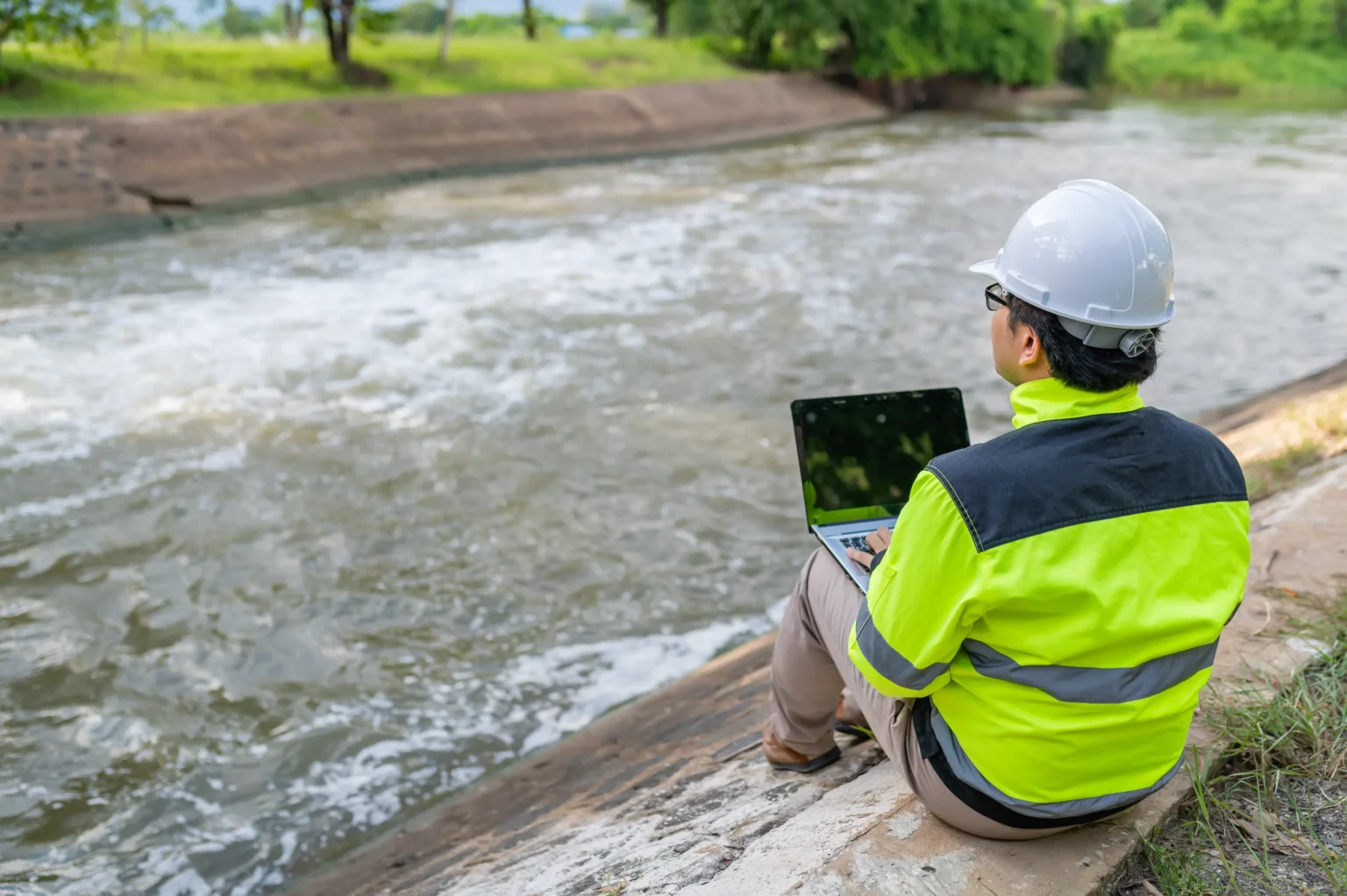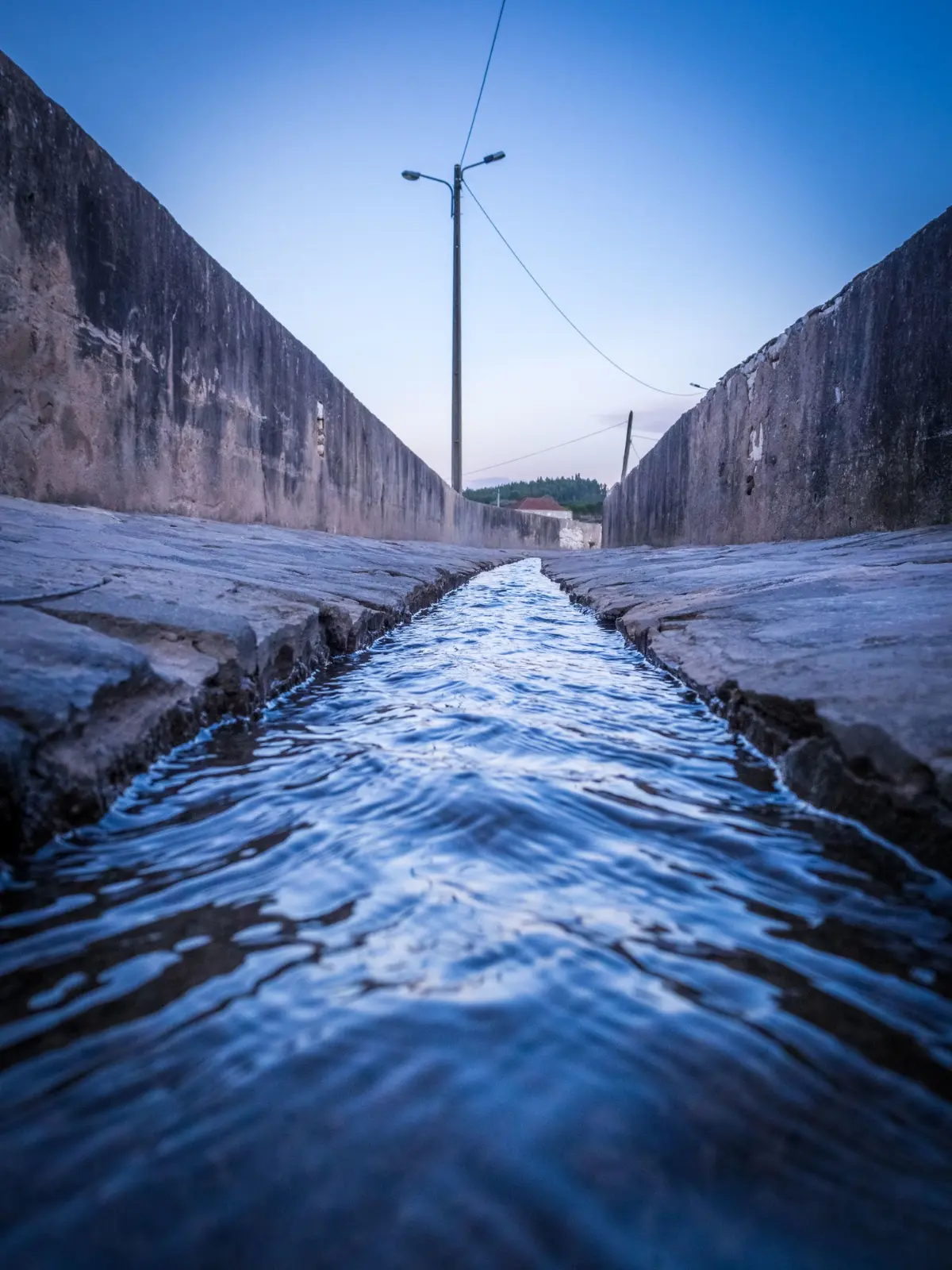Choose language
Portada » Monitoring networks
Monitoring networks
Water resource management is an essential task in both ordinary situations (water supply to populations and hydroelectric generation) and extraordinary situations (droughts and floods). It is vital to gain insight into what is happening in the basin to enable the most appropriate measures to be taken in each situation.
This monitoring of what is happening in the basin can be carried out through monitoring networks (automatic or not) and scheduled field gauging campaigns.
OFITECO has extensive experience in gauging, developing, reviewing, and calibrating flow curves, using a methodology based on international ISO standards (particularly ISO 748 and ISO/TR 24578).
OFITECO also develops tools that complement this work, such as an application to optimize gauging. This application generates alarms at each gauging station based on the recorded water level and the need for the flow curve to incorporate gaugings associated with those levels to ensure the quality of the curve.


OFITECO has extensive experience in the design, execution, and control of works, as well as the operation, maintenance, and conservation of water supply systems (SAIH). It is capable of offering a comprehensive solution that covers all phases of the project: implementation, operation, and maintenance of a SAIH. Among the various tasks OFITECO performs are:
OFITECO has remained a pioneer in the ongoing implementation of new technologies for the expansion or renovation of SAIHs, constantly advancing toward achieving more technically and economically efficient systems through technological updates.

